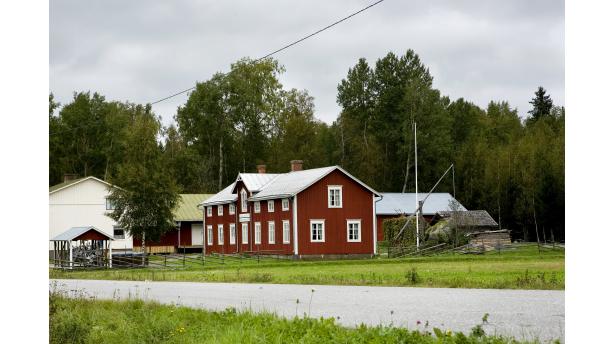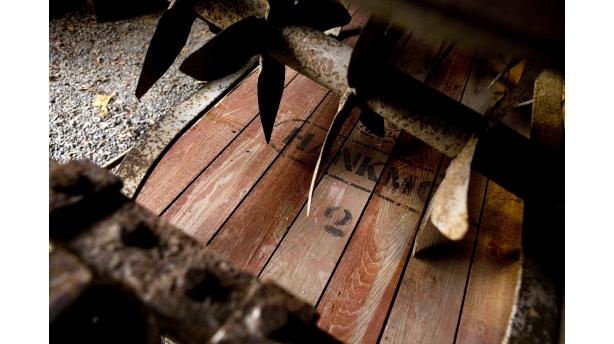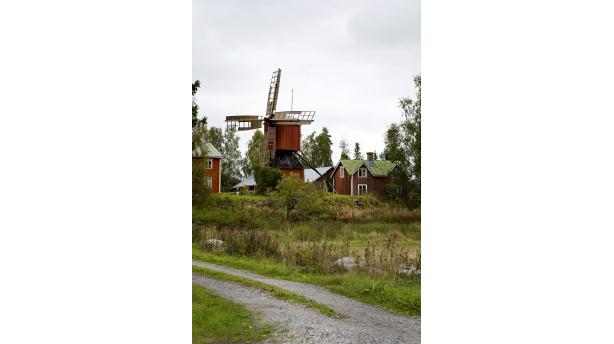Museum A-Ö » Västerhankmo Museum
Västerhankmo Museum



Did you know...
The last farmer of Kvarnbacken was still using the Oppstu Mill in the 1940s.
The Västerhankmo Museum focuses on agriculture. On display are utensils, agrarian machines and equipment, for instance the Hankmo Harrow. Past artisan traditions come to life in the work demonstrations and artefacts made on the old model.
Västerhankmo is a traditional agriculture region, and the Hankmo Harrow was actually developed here. At the turn of the 20th century the farming of oat became popular on the area. The iron plough could be used for clearing new land, which required more powerful harrows. Skillful hammerer Johannes Sand from Västerhankmo developed the shovel harrow and left a patent application for it in 1910. The harrow was known as the Hankmo Harrow. There are several copies of it in the museum.The Västerhankmo Museum building was erected in 1879 as a grammar school with a classroom, a woodwork room, a teacher’s apartment and a primary school in the attic. The Västerhankmo Co-operative Shop later had a store in the house and a storage room for it was later built next to it. The museum was founded at the end of the 1990s.
The museum’s collections mainly consist of old utensils. Some new items have been made on the model of the old artisan traditions, for instance the crochet cloths and the weaved reedworks. Weaving of reed has long traditions in Västerhankmo. Plenty of reed used to grow and is still growing in the Norrfjärden bay.
In front of the museum is on display a unique ditching machine, which was in its own time technically advanced. The “Autodigger” was constructed in 1912 by Isak Wahlsted, who later founded a machine workshop in Hankmo. The machine was self-propelled and simultaneously spread the soil it had dug from the ditch on the sides. It was capable of ditching 4 metres per minute and produced around 2 000 metres of finished ditch in one day.
There were several active windmills in the village still in the 1920s. The only one remaining is the so called Oppstu Mill, which is nowadays privately owned. The timber for the mill was chopped during the years 1763-1772. The windmill was repaired in 1828. The museum also maintains the old workshop, where the first Hankmo Harrow was made.
The museum enlivens old time chores with work demonstrations, where the actors are wearing vintage clothes. On the museum’s annual homestead days a threshing machine is activated, butter is churned and reedworks and plaiting of rope presented. In addition sharpening of poles and hacking of logs can be demonstrated. Coffee and pastries are of course served as well.


